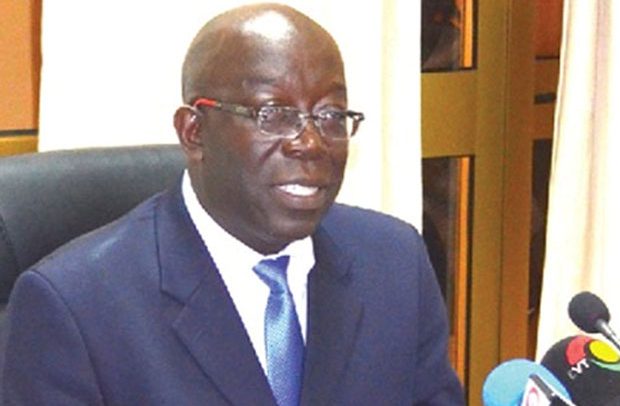
In a significant move, the Social Security and National Insurance Trust (SSNIT) has approved a 15% increase in monthly pensions for the year 2024. This decision comes following the green light from the National Pensions Regulatory Authority (NPRA).
Dr. John Ofori-Tenkorang, the Director-General of SSNIT, emphasized that the 15% increment is a strategic response to a forecasted 20% wage inflation for active contributors in the upcoming year. The decision also takes into account the scheme’s liquidity, predicting a 23.16% inflation rate and prioritizing long-term sustainability.
The implementation of the increase involves a Fixed Rate of 10%, complemented by a redistributed flat amount of GH¢79.10 for all pensioners. This dual-tiered approach aims to provide additional support to low-earning pensioners, ensuring a fair distribution of the increment.
The practical impact of these changes results in a varied effective increase for pensioners. The highest-earning pensioner will now receive GH¢186,777.58 per month, marking a 10.05% increase. On the other end of the spectrum, the lowest-earning pensioner will see a substantial boost from GH¢300 to GH¢409.10, translating to a remarkable 36.37% increase.
In terms of the overall pension landscape, the average monthly pension is set to rise from GH¢1,527.29 to GH¢1,756.38. While this brings welcome relief to retirees, some industry advocates express reservations, arguing that the 15% increment falls short of projections. Critics point to the anticipated 25% rise, which, according to them, would better align with the projected 40% inflation average for 2023.
It’s worth noting that last year, SSNIT increased pensions by 25%, projecting an expenditure of GH¢5 billion. The current increment of 15% is estimated to cost an additional GH¢697.64 million. As discussions unfold, the decision’s impact on pensioners and the long-term financial health of the SSNIT scheme remains a topic of debate within financial circles and among retirees.
The post SSNIT Raises Monthly Pensions by 15% for 2024 appeared first on The Business & Financial Times.
Read Full Story






















Facebook
Twitter
Pinterest
Instagram
Google+
YouTube
LinkedIn
RSS